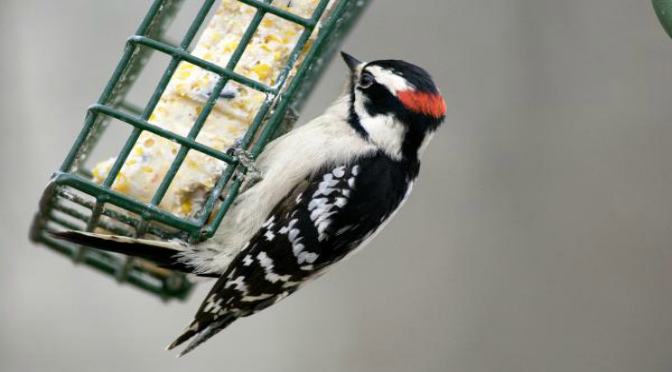Their humorous way of doing things has made them a mainstay in cartoons. But did you know the woodpecker plays a serious role in the ecosystems of Missouri’s forests?
Woodpeckers are unusual birds that climb tree trunks and use their beaks like jackhammers.
If you’ve ever wondered how woodpeckers avoid skull-splitting headaches from all that pounding, it’s because of an extra thick skull and chisel-like beak. Both are cushioned by strong muscles that act as shock absorbers. (Woodpeckers also use their feet and tails for better stability when perched on trees.)
Woodpeckers are important members of the forest community. They consume gobs of wood-boring insects. Their abandoned tree cavities are prime real estate for bluebirds, chickadees, owls, squirrels and other wildlife unable to dig out their own homes.
Seven species of woodpeckers are found in the Midwest and several will visit bird feeders supplied with suet or sunflower seed.
Woodpecker Wonder
- In spring, the male pileated woodpeckers bore a nest hole in a tree trunk, and then raise their nestlings together with their mate.
- The red-headed woodpecker population has been declining severely—about 70 percent since the mid-1960s—because of habitat loss and disruptions to its food supply. They require mature forests with dead trees and branches for nesting habitat, as well as good crops of nuts for food. Both of these have been declining and disappearing, and so has the red-headed woodpecker.
- Northern flickers, like other woodpeckers, delight humans with their presence at bird feeding stations, particularly when suet is offered. Because of its big appetite for ants and other ground-dwelling insects, the flicker is a friend to anyone challenged by such prolific creatures.
Discover more about woodpeckers with the MDC’s Field Guide.


Recent Posts
























